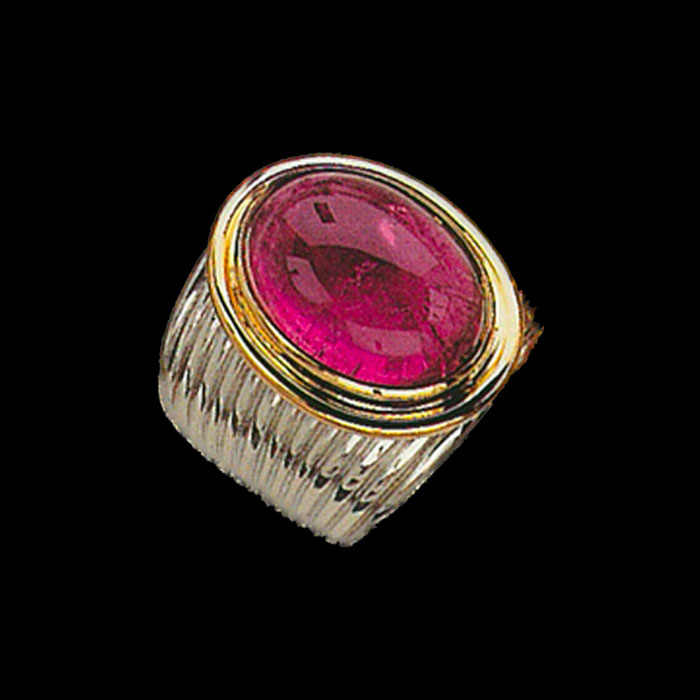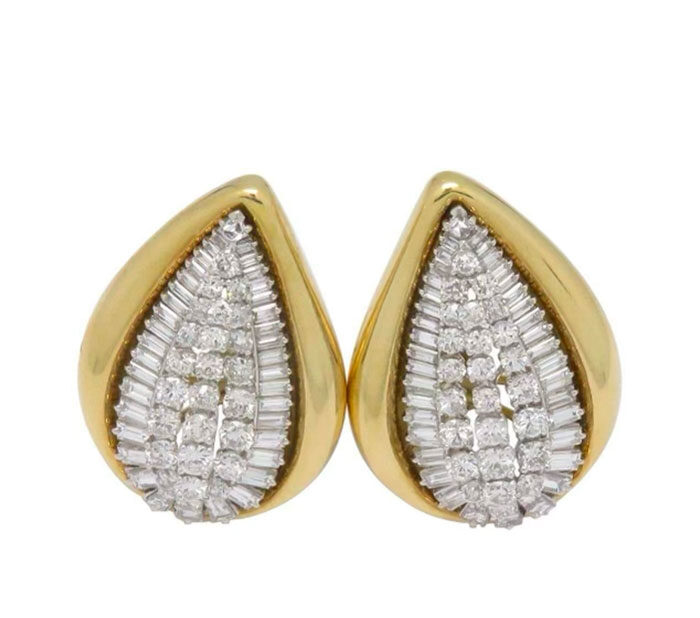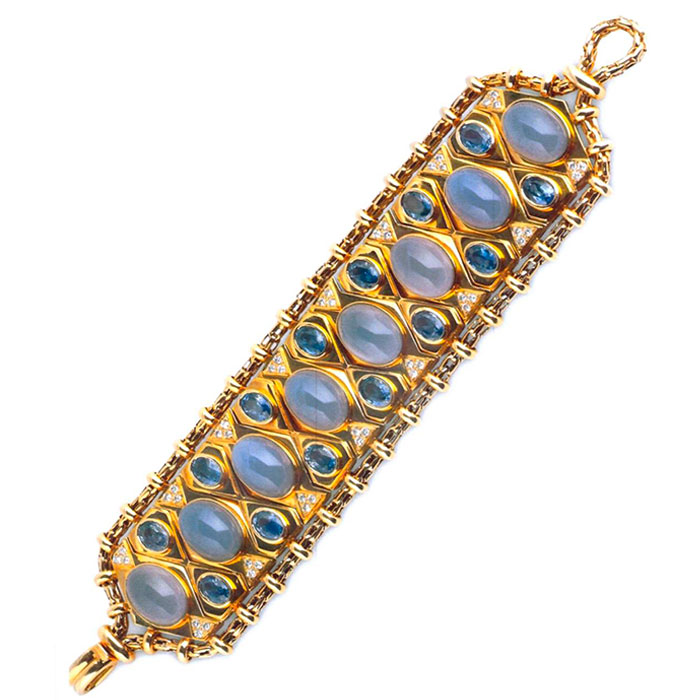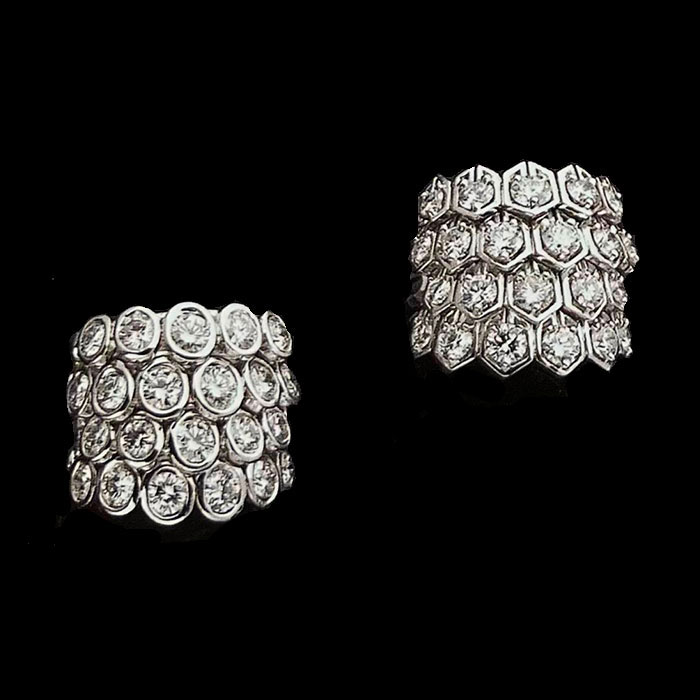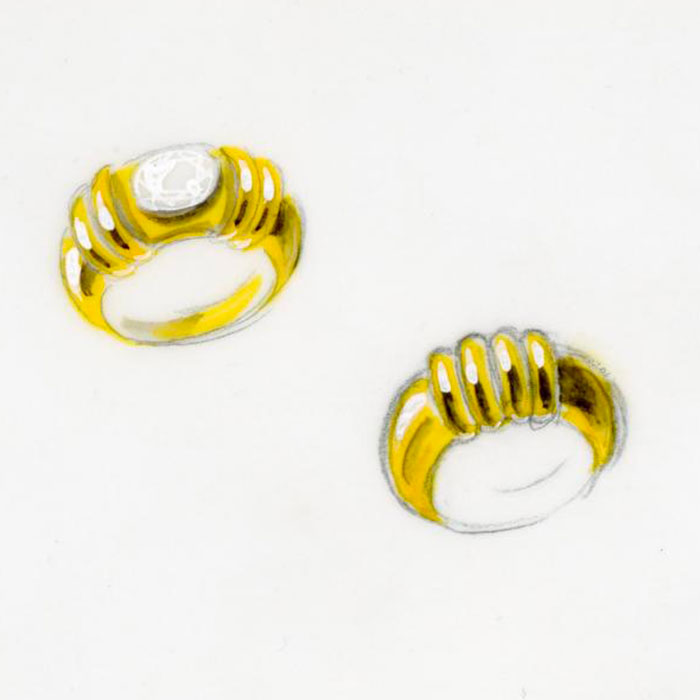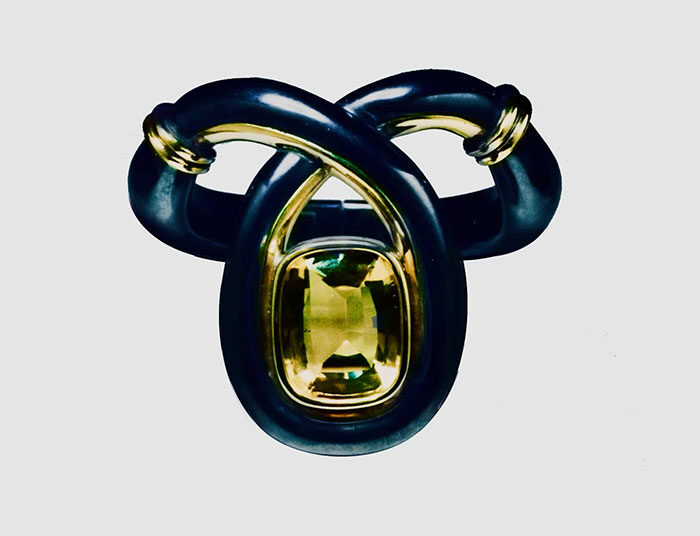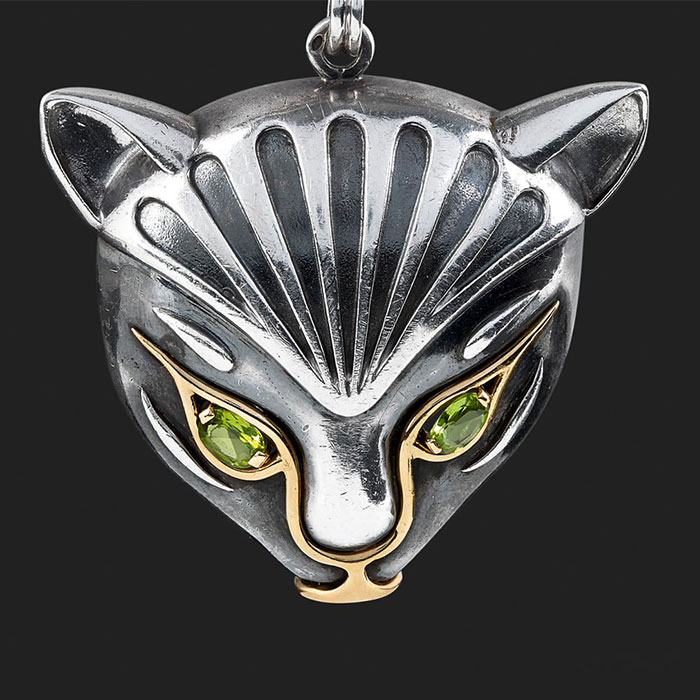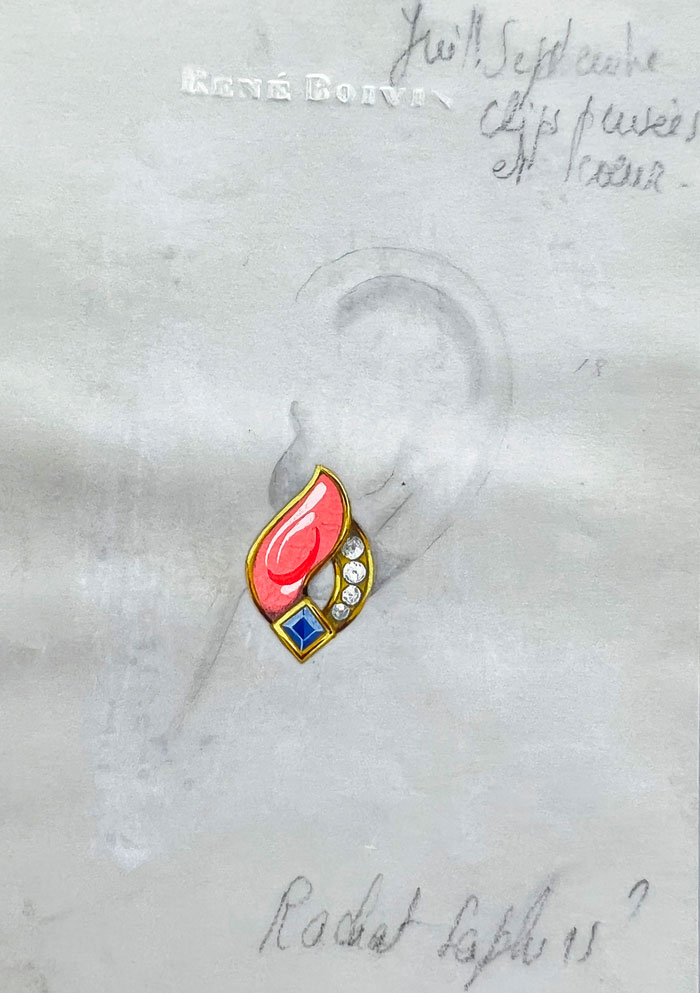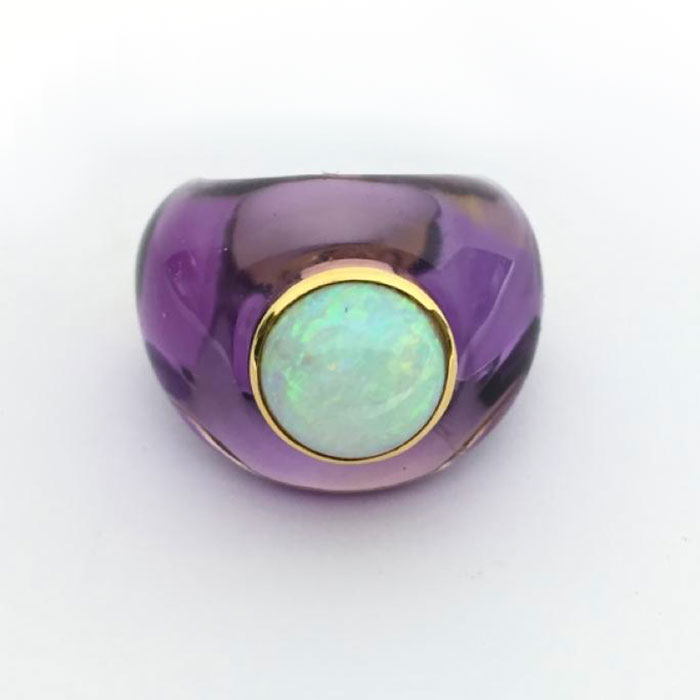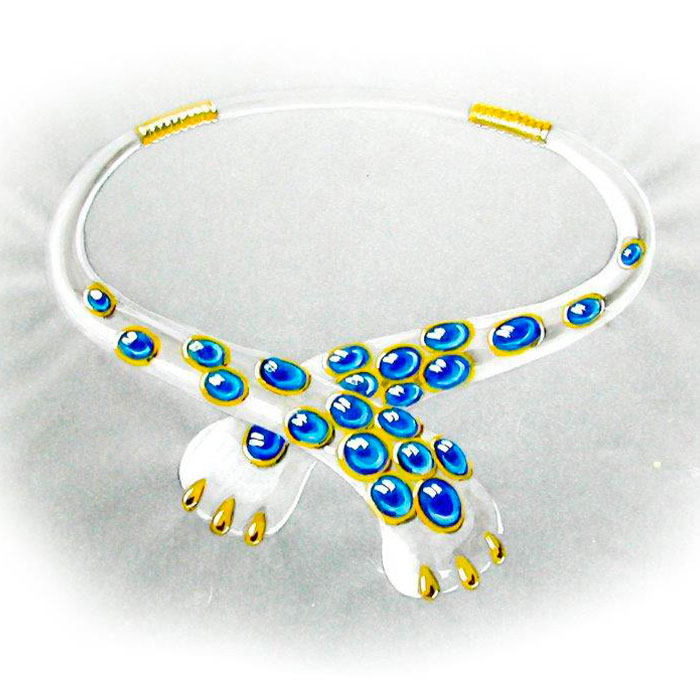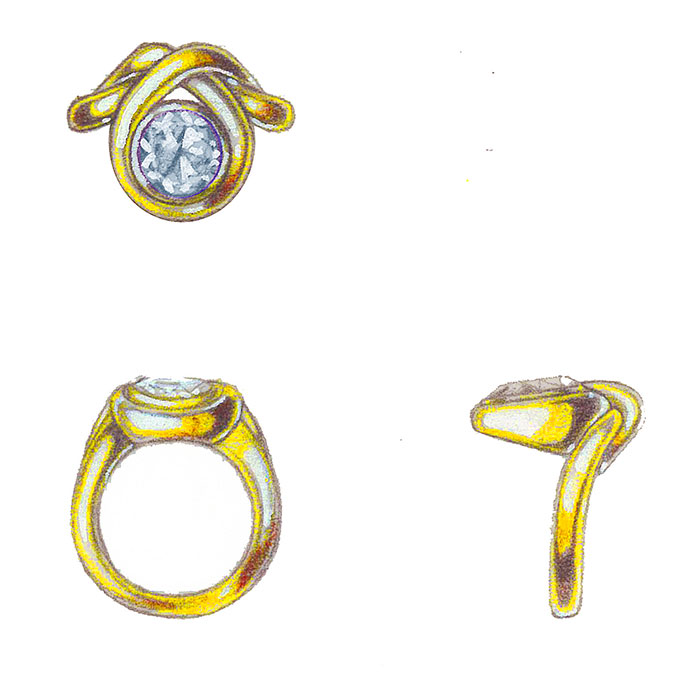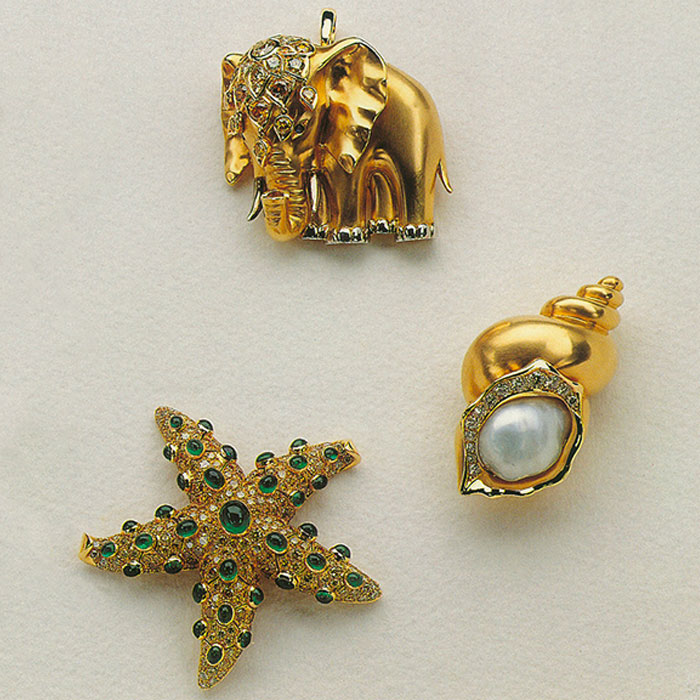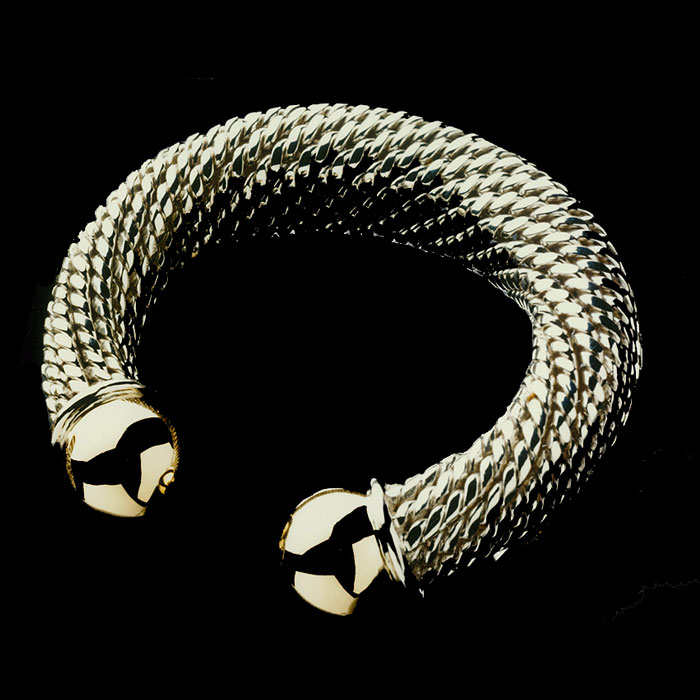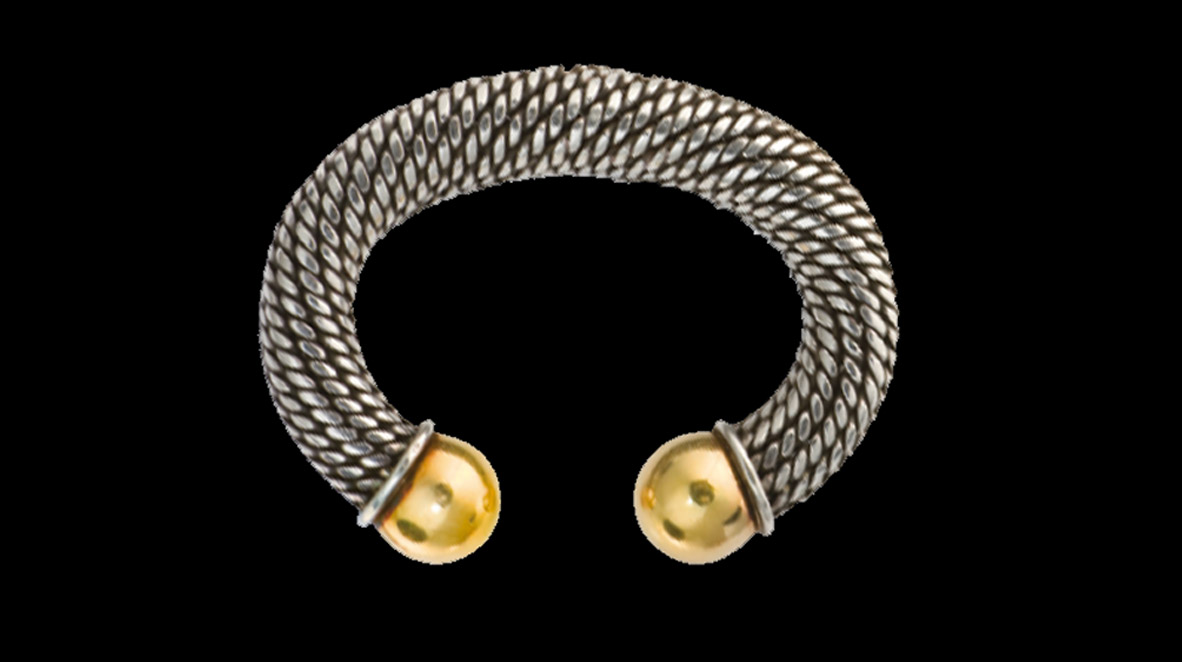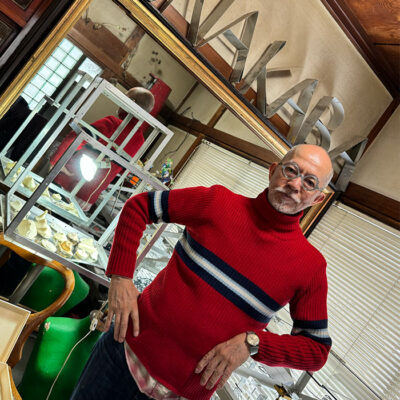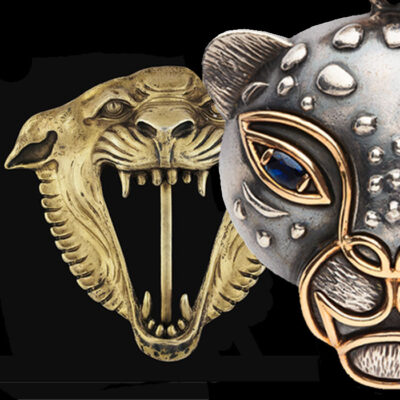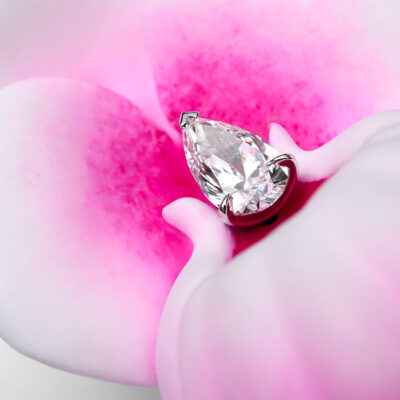Style
22 September 2023
Share
René Boivin in the 80s-90s
Renowned for its avant-garde designs in the 20s-40s, the René Boivin brand became a major source of inspiration for jewelry in the 80s and even the 90s.
By Sandrine Merle.
In the 80s, the René Boivin house enjoyed a global reputation. Among its prestigious clients were Hélène Rochas, the Aga Khan, and others. Germaine Jeanne Boivin and the designers Suzanne Belperron and Juliette Moutard (who contributed to its fame) had disappeared. Moreover, the house was no longer owned by the family; the daughters of founders René and Jeanne had sold it to their diamond supplier, Mr. Perrier. Two links still remained with the past: Louis Girard, the pillar of the house from 1925 to 1985, and the Creative Director Marie-Caroline De Brosses. In 1970, Marie-Caroline worked for a few months with Juliette Moutard before taking over. In the 80s, during her extended stays abroad, she was replaced by Marie-Christine de Lamaze and then by Ghislaine d’Entremont. In 1989, she passed the baton to Sylvie Vilein, who remained with the brand for 10 years.
The “ladies workshop” at René Boivin
In the 80s-90s, the Boivin style triumphs
Let’s take a closer look at these two decades of jewelry. The work of the designers is perfectly attuned to the tastes of the time while respecting the house’s traditional look. Compare the necklaces with repetitive geometric patterns like the “Hindou” alongside those from Bulgari. Match the rings adorned with large cabochon gemstones (amethysts, citrines, emeralds) with those by Paloma Picasso at Tiffany & Co. Compare the ear clips with stylized plant motifs in coral or wood to those by Marina B. The René Boivin brand is one of the greats. What is often forgotten is that it now inspires jewelers because it laid the foundations of this style in the 20s-30s. François Hérail, who launched Poiray in 1975 as an alternative to traditional jewelry for a younger clientele, has never hidden the major influence of Boivin and Suzanne Belperron on his creations.
The 80s-90s, a continuity
Marie-Caroline de Brosses certainly invented new models like the “Cachette” ring with two sliding gold elements on a diamond-paved setting. However, she remained very faithful to the house’s look, with polished and gadrooned yellow gold, Kashmiri motifs, and cabochon gemstones dating back to the 20s. She also created feline-themed jewelry, introduced in 1963 under the influence of Jacques Bernard, a former Cartier workshop chief. Sylvie Vilein, on the other hand, modernized old clips from the 50s or 60s by surrounding them with gold. “They also created many identical models,” notes Thomas Torroni-Levene, the owner of the archives and guardian of the legacy since the brand’s revival. This makes them difficult to date, as only an expert can do so based on the techniques that have evolved over time. This is the case with the “Écailles” bracelet and the “Quatre Corps” ring characterized by repetitive motifs that emerged in the 40s. The open “Torsades” bangle in silver finished with gold balls, always crafted by hand, was launched in 1928.
Thomas Torroni-Levene and the René Boivin archives
What you should know before buying a René Boivin création
The 80s-90s of Boivin, an overlooked period
Boivin’s creations in the 80s-90s suffered from the general lack of appreciation for the style of that era. Fortunately this is changing… They were also not helped by the author who, after the publication of his book (in 1994), refused to authenticate the documents after 1970. The legacy left by the two previous designers only accentuated this phenomenon. Yet interest in the great Suzanne Belperron is profound… How can one exist in the face of such talent and charisma? How can one compete with someone who laid the foundations of a style and whose jewelry is collected by the most prominent people? Juliette Moutard, who succeeded her in 1932, also played a significant role in the history of René Boivin. For 40 years, she left her mark and created iconic pieces like the starfish brooch. The upcoming book in 2025, based on the archives, will finally pay tribute to the work done in those years.


